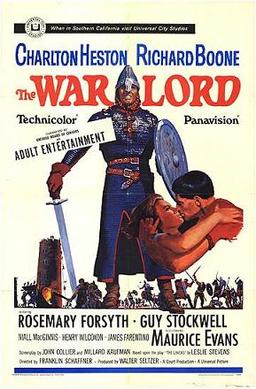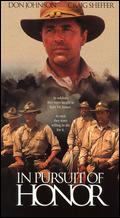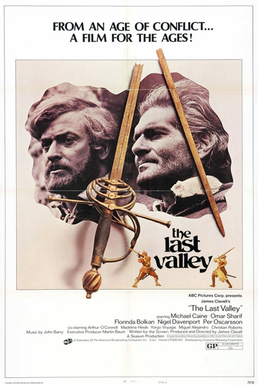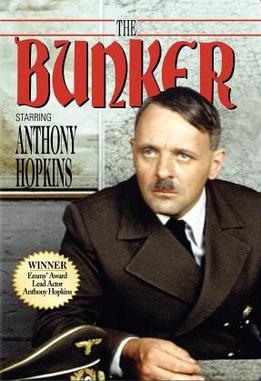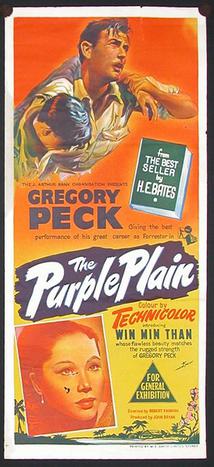“Europa Europa” is a German film based on the story
of Solomon Perel. Perel wrote an
autobiography entitled I Was Hitler Youth Solomon. He was still alive at the time of the
filming and even appears as himself in the post script. The film was written and directed by
Agnieszka Holland (“In Darkness” and “Angry Harvest” – two other Holocaust
films nominated for Best Foreign Film).
Her mother was a member of the Polish Resistance and participated in the
Warsaw Uprising. She is famous for injecting
humanity into her films. “Europa,
Europa” was awarded the Golden Globe for
Best Foreign Language Film. It was
nominated for an Oscar for Best Adapted Screenplay, but the German selection
committee declined to submit it for the top prize. The movie was critically acclaimed.
The movie foreshadows its framing device by leading
with Solomon’s circumcision. On his bar
mitzvah, the Night of Broken Glass occurs.
Kristallnacht signals the beginning of serious persecution of the Jews. Solomon (Marco Hofschneider) hides naked in a
barrel. A friend gives him a coat with a
swastika on it which portends his means of survival. His sister is killed in the turmoil and the
family moves to Lodz in Poland. When the
war begins, Solomon and his brother flee eastward only to run into the Soviet
army invading from the east. Solomon and
other Jewish refugees cross a river and pass Polish refugees fleeing
westward. Separated from his brother, he
is put in an orphanage for two years. He
becomes a Communist and atheist. When
Germany invades Russia, Solly is captured but manages to con the Germans into
believing he is an Aryan. They do not
insist he drop his drawers. His ability
to speak Russian earns him a spot as an interpreter. His biggest problem is hiding his
circumcision, but he manages well.
“Jupp” becomes something of a mascot and then a lucky charm when his
unit captures Stalin’s son. Then he
moves up to hero when he inadvertently leads a successful attack. He gets adopted by his commanding officer and
is sent to a Hitler Youth school. This
movie is full of irony. At the school a
eugenics expert selects him as an example of racial theory and then proceeds to
demonstrate how Solomon has the classic features of a pure breed. He gets a rabidly anti-Jewish girlfriend
named Leni (Julie Delpy whose English was dubbed). Although she wants to have a baby for the
fatherland, sex is problematical for the circumcised Jupp. Throughout his adventures he remains
extremely lucky. Twice his background is
discovered, but he remains safe from the Holocaust until the Battle of Berlin.
“Europa Europa” is a thought-provoking film. If it were not based on a true story, one
would scoff at the theme of a Jew who becomes an Aryan. As it is, you are left wondering if he is a
crafty survivor or a despicable turncoat.
The fact that he is a teenage boy cuts him some slack. Before you say that he was just doing what he
had to do, the movie makes it clear that he was seduced by his
surroundings. For example, when word
arrives at the Hitler Youth school of the German defeat at Stalingrad, Jupp is
genuinely upset.
The movie is a pleasure to watch. The cinematography has some pizzazz to it
(but jumps the shark a bit with a surreal Hitler/Stalin dance). There is an amazing set piece when Jupp’s
unit passes through the Lodz ghetto with its horrifying sights. One of those sights is possibly his
mother. He can only gaze upon her. The
acting is fine with Hofschneider appropriately teenage boyish. The movie mines some humor in his sexual
encounters and the cluelessness of his Nazi comrades. There is a Woody Allen vibe to the movie. The implausibilities of the movie are what
weakens it in the mind of a war movie lover like myself. Although based on a memoir and having Perel
on set as an adviser, one must be leery of one man’s account of events that
cannot be verified. As is typical of a
biopic, the climactic final scene is pure Hollywood. In actuality, Perel was captured by the
American army and he later located his brother in Dachau concentration camp
.
The Holocaust subgenre is a strong one and “Europa Europa” is a worthy member. This is
partly due to the uniqueness of its story.
Perel’s odyssey is entertaining and his deception intriguing. However, it is a bit overrated and not one of
the 100 best war movies.

